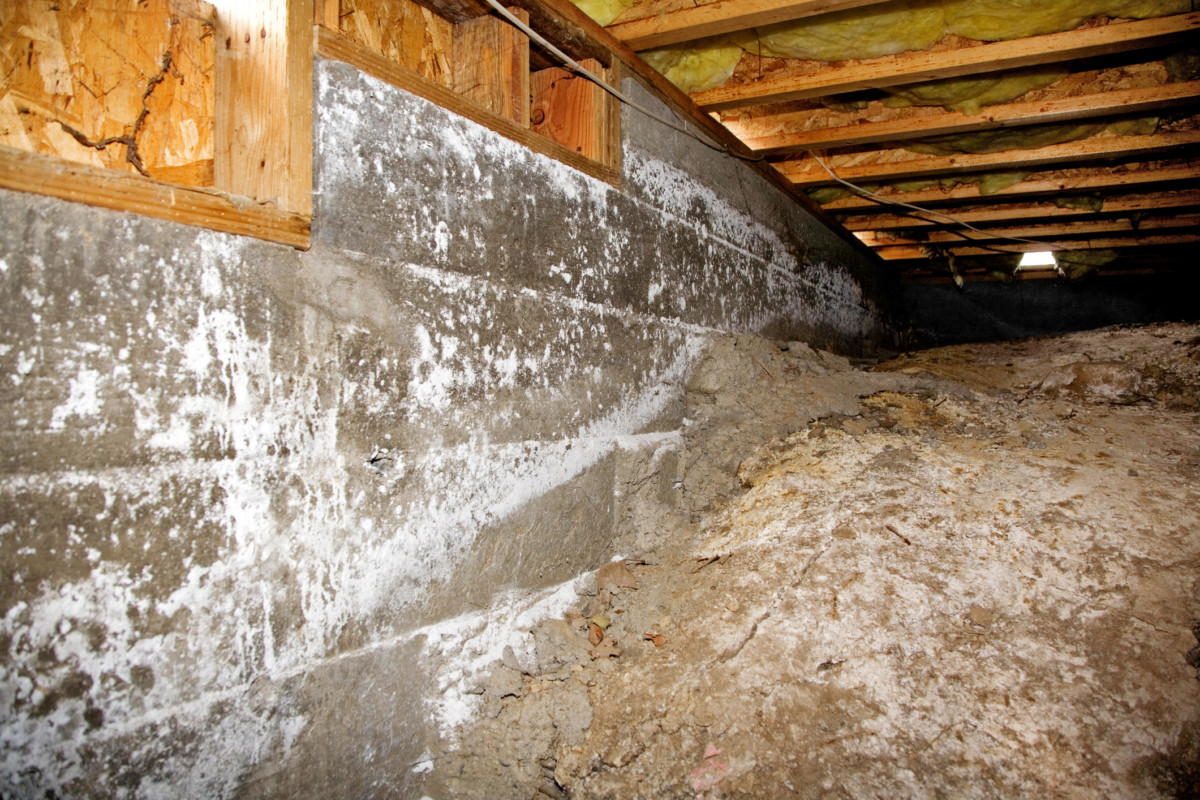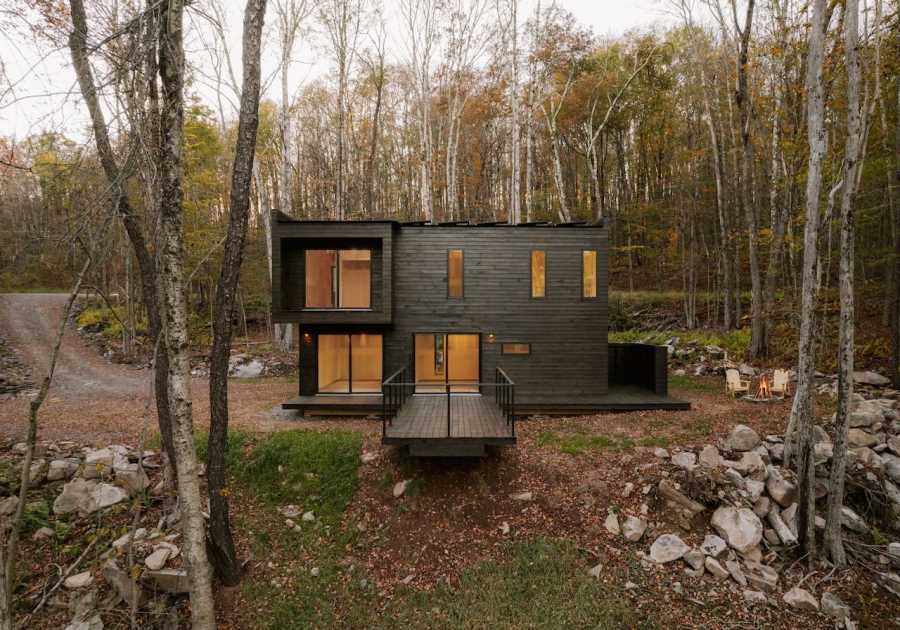Crawl spaces, like those found in homes in New York, Los Angeles, and Chicago, are one of the most neglected and overlooked areas in a house. However, they play a significant role in maintaining the structural integrity of a home, providing access to utility systems, and preventing flooding in basements. Although crawl spaces are often dark, cramped, and humid, they still require regular inspection and maintenance to prevent moisture problems, insect infestations, and structural issues.
In this ultimate guide, we will walk you through everything you need to know about crawl spaces, including their benefits, common problems, and maintenance tips. Whether you’re a new first-time homebuyer, a seasoned DIYer, or a professional contractor, this guide will equip you with the necessary knowledge and tools to crawl into the unknown and take charge of your crawl space.
What is a crawl space?
A crawl space is a narrow, unfinished space between the ground and the first floor of a house. It is usually between one and three feet high and has a dirt or concrete floor. Crawl spaces can be found in almost every type of home and are prevalent in areas with high water tables or places prone to flooding. There are two types of crawl spaces: ventilated and unventilated. Ventilated crawl spaces have vents that allow air to flow in and out, while unventilated crawl spaces are completely sealed from outside air.
Houses have crawl spaces to provide access to utility systems such as plumbing, electrical wiring, and HVAC ductwork. These systems are typically located in the crawl space, making it necessary to have a way to reach them. Crawl spaces are also used for storage, although their cramped and humid environment makes it less than ideal. Additionally, crawl spaces can prevent flooding in basements by providing an area for water to collect and be pumped out. Understanding what a crawl space is and its purpose is essential for homeowners and contractors to identify and fix any problems that may arise.
Crawl spaces: The secret weapon for a stronger home
While crawl spaces are often neglected and overlooked, they actually offer several benefits to homeowners. Here are some of the advantages of having a crawl space:
Access to utility systems: The crawl space provides easy access to plumbing, electrical wiring, and HVAC ductwork. If any of these systems need repairs or maintenance, they can be accessed quickly and easily from the crawl space.
Extra storage space: Although the crawl space is not an ideal storage area due to its cramped and humid environment, it can still provide some additional storage space for items that don’t need to be kept in a climate-controlled area.
Prevents flooding: Crawl spaces can help prevent flooding in basements by providing an area for water to collect and be pumped out, typically with a sump pump. This can prevent water damage and the growth of mold and mildew.
Insulation: Properly insulated crawl spaces can help reduce heating and cooling costs by preventing air leakage and maintaining a consistent temperature in the home.
Structural support: Crawl spaces can also provide additional structural support to a home. If the foundation of a home settles or shifts, a crawl space can help prevent damage by offering additional support.
Overall, crawl spaces play an important role in the maintenance and protection of a home. Understanding the benefits of crawl spaces can help homeowners prioritize their maintenance and upkeep.
Crawling with issues: Tackling common problems in crawl spaces
Like any area in a house, crawl spaces are susceptible to various problems. These problems can range from minor issues like musty odors to major issues like structural damage. Here are some of the most common difficulties homeowners encounter with crawl spaces:
Moisture problems: Crawl spaces are notorious for moisture issues due to their location and environment. Excess moisture can lead to mold and mildew growth, which can affect the indoor air quality and cause respiratory difficulties. Moisture can also cause wood rot, which can weaken the structural integrity of a home.
Insect and rodent infestations: Crawl spaces are the perfect environment for insects and rodents to thrive. They offer a warm and damp environment, and are often undisturbed by humans. Common pests found in crawl spaces include termites, rodents, and cockroaches.
Structural issues: Crawl spaces can develop structural issues due to settling or shifting of the foundation. Sagging floors, cracks in walls, and uneven doors are signs of a serious structural problem that needs to be addressed immediately.
Poor insulation: Crawl spaces that are not properly insulated can result in higher energy bills, as air escapes through gaps and cracks in the crawl space. This can also result in uneven temperatures throughout the home.
Plumbing leaks: Since plumbing is often routed through crawl spaces, leaks can occur and cause water damage to the crawl space and the home.
It’s important for homeowners to regularly inspect their crawl spaces for any of these issues. Identifying these problems early can prevent them from becoming bigger and more expensive in the future.
Down and Dirty: Crawling in and inspecting your crawl space
Inspecting your crawl space regularly is crucial to identify and prevent any problems. Here are the steps to follow when inspecting your crawl space:
Safety precautions: Before entering the crawl space, it’s important to wear protective clothing, such as a long-sleeved shirt, pants, gloves, and a face mask to protect yourself from any allergens or debris. Additionally, ensure that the area is well-lit and that there is proper ventilation.
Tools you need: You will need a flashlight, a moisture meter, a screwdriver, and a camera. The moisture meter can help you identify any moisture problems in the crawl space, while a screwdriver can help you probe for wood rot.
Look for moisture: Check the crawl space for any signs of moisture, including damp insulation or standing water. If you find any moisture, you will need to identify the source and address it immediately to prevent mold growth and wood rot.
Check for pests: Look for any signs of pest infestation, including rodent droppings, insect nests, and chewed insulation or wiring. If you find any signs of infestation, you will need to take steps to eliminate the pests.
Inspect the foundation: Look for any cracks or signs of settling in the foundation. Check the supports and floor joists for any sagging or damage.
Take pictures: Take pictures of any issues you find so that you can show them to a professional if needed.
Regular inspections can help prevent issues from becoming more serious and costly in the future.

Crawling towards a healthier home: 7 tips for maintaining your crawl space
Maintaining your crawl space is essential to prevent problems like moisture, pests, and structural issues. Here are some tips to help you maintain your crawl space:
- Encapsulate the crawl space: Encapsulation involves sealing the crawl space with a vapor barrier to prevent moisture from entering. This can help reduce the risk of mold growth, wood rot, and pest infestation.
- Keep the area clean: Clean your crawl space regularly to remove any debris, leaves, or other materials that can attract pests. Make sure to dispose of any garbage properly.
- Inspect the plumbing: Regularly inspect the plumbing in your crawl space for any leaks. Fix any leaks as soon as possible to prevent water damage and mold growth.
- Control humidity: Install a dehumidifier in the crawl space to control the humidity level. High humidity can lead to moisture issues and mold growth.
- Ensure proper ventilation: If your crawl space is ventilated, make sure that the vents are open and clear of debris. This will help circulate air and prevent moisture buildup.
- Inspect insulation: Check the insulation in your crawl space for any signs of damage or wear. Replace any damaged insulation to maintain proper insulation and prevent energy loss.
- Address structural issues: If you notice any signs of structural issues, like sagging floors or cracks in walls, contact a professional to assess the problem and recommend a solution.
Regular maintenance can help reduce the risk of costly repairs and ensure the safety and comfort of your home.
DIY or Pro? The best approach for your home’s hidden haven
When it comes to crawl space repair and maintenance, homeowners often wonder whether to tackle the job themselves or hire a professional. While DIY repair may seem like a cost-effective option, it’s not always the best solution. Here are the pros and cons of DIY vs. hiring a professional:
| DIY | Hiring a professional | |
| Pros |
|
|
| Cons |
|
|
Deciding whether to do it yourself or hire a professional ultimately depends on your level of experience and expertise. If you have the necessary knowledge, experience, and tools to handle the job, then DIY repair may be a viable option. However, if you lack the knowledge and experience, hiring a professional is usually the better choice. A professional contractor can assess the problem, recommend the best solution, and provide quality workmanship, giving you peace of mind that the job has been done right.
Crawl spaces: The bottom line on maintaining your home’s foundation
Crawl spaces are an essential part of any home, providing access to utility systems and structural support while preventing flooding and water damage. However, they are often overlooked and neglected, which can lead to moisture issues, pest infestations, and other issues. Regular inspection and maintenance of crawl spaces are crucial for homeowners to identify and address problems early, preventing them from becoming more serious and costly in the future.
By following the tips and guidelines in this ultimate guide, homeowners can take charge of their crawl space, identifying and preventing problems, and maintaining a healthy and structurally sound home. Whether you decide to tackle the job yourself or hire a professional, the key is to stay informed and proactive in caring for your crawl space. By doing so, you can ensure the safety, comfort, and longevity of your home.
The post Crawling into the Unknown: Your Ultimate Guide to Crawl Spaces appeared first on Redfin | Real Estate Tips for Home Buying, Selling & More.
------------Read More
By: Jeff Anttila
Title: Crawling into the Unknown: Your Ultimate Guide to Crawl Spaces
Sourced From: www.redfin.com/blog/crawl-space-ultimate-guide/
Published Date: Wed, 01 Mar 2023 19:03:34 +0000
Did you miss our previous article...
https://trendinginbusiness.business/real-estate/5-budgetfriendly-and-free-things-to-do-in-orange-county-ca
.png)





